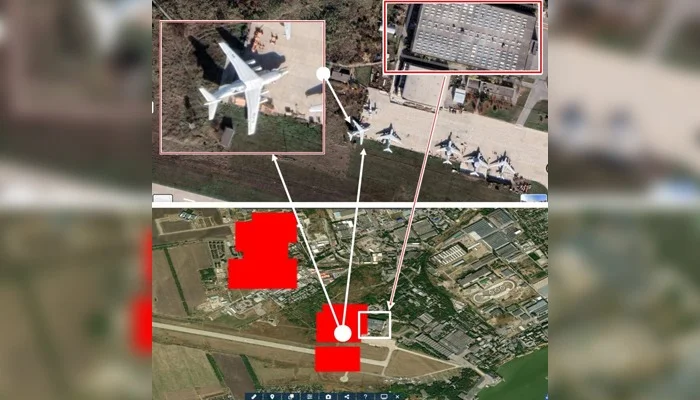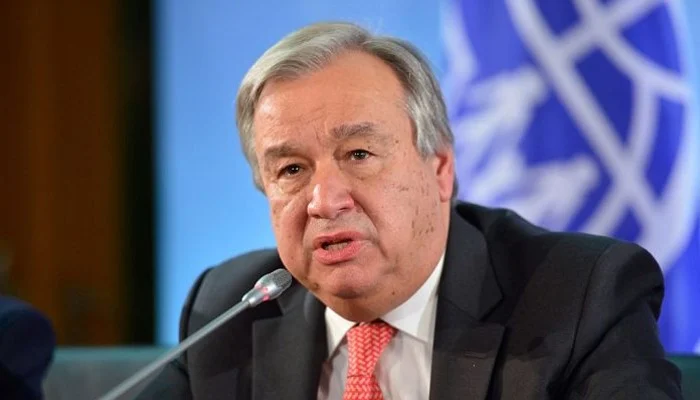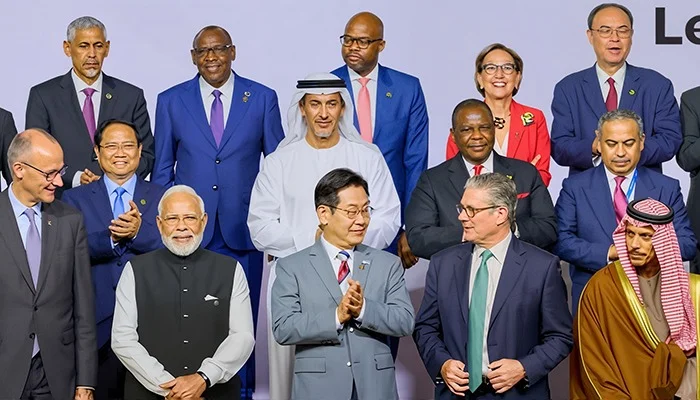Tokyo has long been regarded as the world’s most populous city. However, that distinction has now shifted to the capital of a Muslim-majority nation.
According to a new report by the United Nations (UN), Jakarta, the capital of Indonesia, has officially become the world’s largest city, with its population reaching 42 million.
Tokyo had held the top position since the year 2000, but its population growth has slowed considerably over the past 25 years, pushing it down to third place.
The second-largest city in the world is now Dhaka, the capital of Bangladesh, with a population of 37 million, the report by the UN’s Department of Economic and Social Affairs (Population Division) revealed.
Tokyo currently has a population of 33 million, while New Delhi (India) and Shanghai (China) are ranked fourth and fifth respectively, each with populations of around 30 million.
Another Chinese city, Guangzhou, occupies the sixth position with 28 million residents. Egypt’s capital Cairo stands seventh with 26 million, the only non-Asian city among the top ten.
The eighth, ninth, and tenth spots are held by Manila (Philippines) with 25 million, Kolkata (India) with 23 million, and Seoul (South Korea) with 22 million residents.
The UN report projects that Dhaka will become the world’s largest city by 2050, while Tokyo’s population is expected to decline further over the next 25 years.
The findings also show that nine of the world’s ten largest cities are located in Asia, with Cairo being the only exception.
Jakarta continues to struggle with severe urban issues, including chronic traffic congestion, air pollution, and frequent flooding. These challenges prompted the Indonesian government in 2019 to announce plans for a new capital to be built in the Borneo region. However, the project remains delayed due to funding shortages.
According to the UN, 45 percent of the global population—out of an estimated 8.2 billion people in 2025—now lives in urban areas.
The number of cities with populations exceeding 10 million has also grown dramatically, rising from eight in 1975 to 33 today, with 19 of them located in Asia.





















